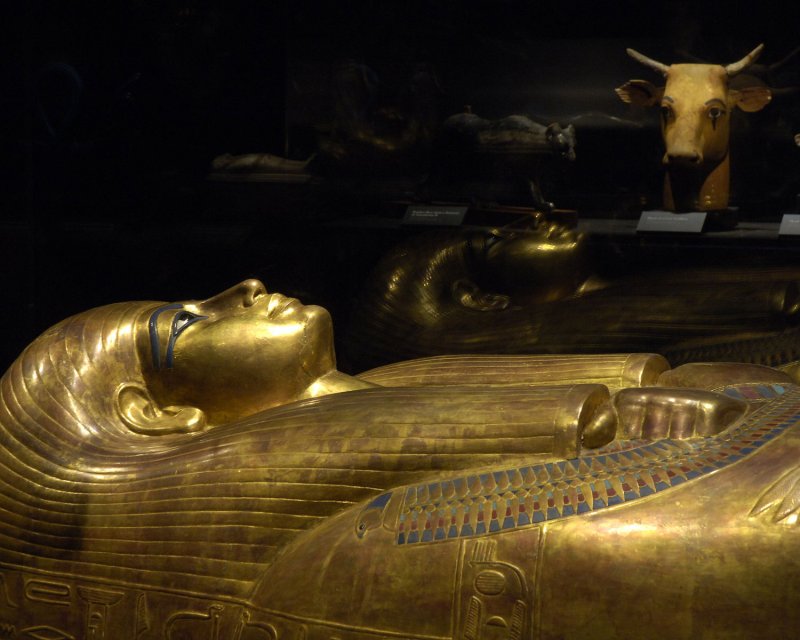TUBINGEN, Germany, Feb. 16 (UPI) -- Egypt's King Tutankhamun likely died from malaria and a degenerative bone disease, a German study has found.
Researchers at the Institute of Human Genetics at the University of Tubingen reported Tuesday the boy king likely did not suffer from gynecomastia, the excessive development of breasts in men resulting from a hormonal imbalance, despite the pictorials found in his tomb, The New York Times reported.















